Indiana Gov. Eric Holcomb on Monday called a special session of the state legislature to redraw Indiana’s U.S. House districts, placing the state squarely in the expanding national fight over congressional maps. The move sets up a compressed, high-stakes calendar for the Republican-controlled General Assembly to craft and pass new boundaries while federal and state courts across the country continue to scrutinize how lines are drawn.
Holcomb framed the session as a bid to ensure Indiana’s maps comply with governing law and recent judicial guidance, while providing clarity to candidates and voters ahead of the next election cycle. The governor controls the timing and scope of special sessions, but lawmakers ultimately decide the shape of the maps and the speed of passage.
Redistricting battles have intensified since the last decade’s cycle, with courts in multiple states ordering revisions to address racial vote dilution, partisan skew, or procedural defects. Indiana’s action signals that the legal and political pressure surrounding mapmaking is continuing to reverberate beyond the most closely watched cases, potentially affecting the balance of power in the narrowly divided U.S. House.
In Indiana, the Republican supermajority in the General Assembly will direct the map-drawing process, typically led by committee chairs who manage public hearings, staff analysis, and amendments. While the special session allows the governor to set the agenda, it does not predetermine the outcome: lawmakers can advance competing drafts, and any enacted plan can face further legal review.
The practical stakes are immediate. New lines can alter who runs, which incumbents face tougher contests, and how communities are grouped. Campaigns may need to recalibrate outreach, fundraising, and litigation strategies depending on where district boundaries land. County clerks and election administrators, in turn, will have to update precinct assignments and voter notifications on tight timelines.
The politics are equally sharp. Republicans currently dominate Indiana’s congressional delegation, and any changes that shift district partisanship or consolidate fast-growing suburbs could ripple through candidate recruitment and party plans. Democrats and voting-rights groups are likely to press for maps they argue better reflect communities of interest and demographic changes.
Nationally, redistricting remains a moving target. Legal standards continue to be tested in federal courts, particularly under the Voting Rights Act and constitutional provisions governing equal protection and compactness. With control of the U.S. House potentially hinging on a few seats, each state-level map fight carries outsized implications for 2026 and beyond.
Holcomb’s special session now puts a spotlight on the Statehouse in Indianapolis. Expect a sprint of hearings, revised drafts, and behind-the-scenes negotiations, followed by possible courtroom scrutiny. As the redistricting battle spreads, Indiana’s choices will help define the contours of the next Congress—and the rules of the game for the campaigns already underway.

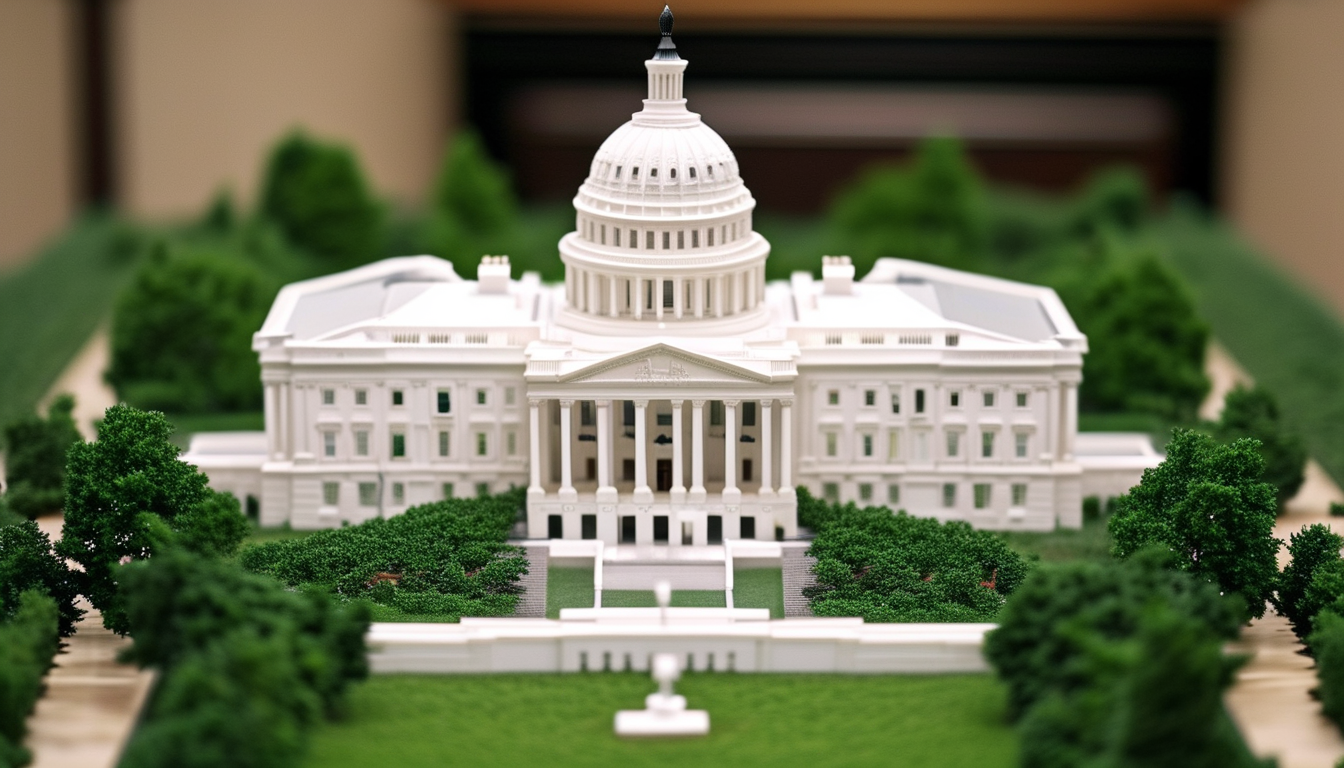


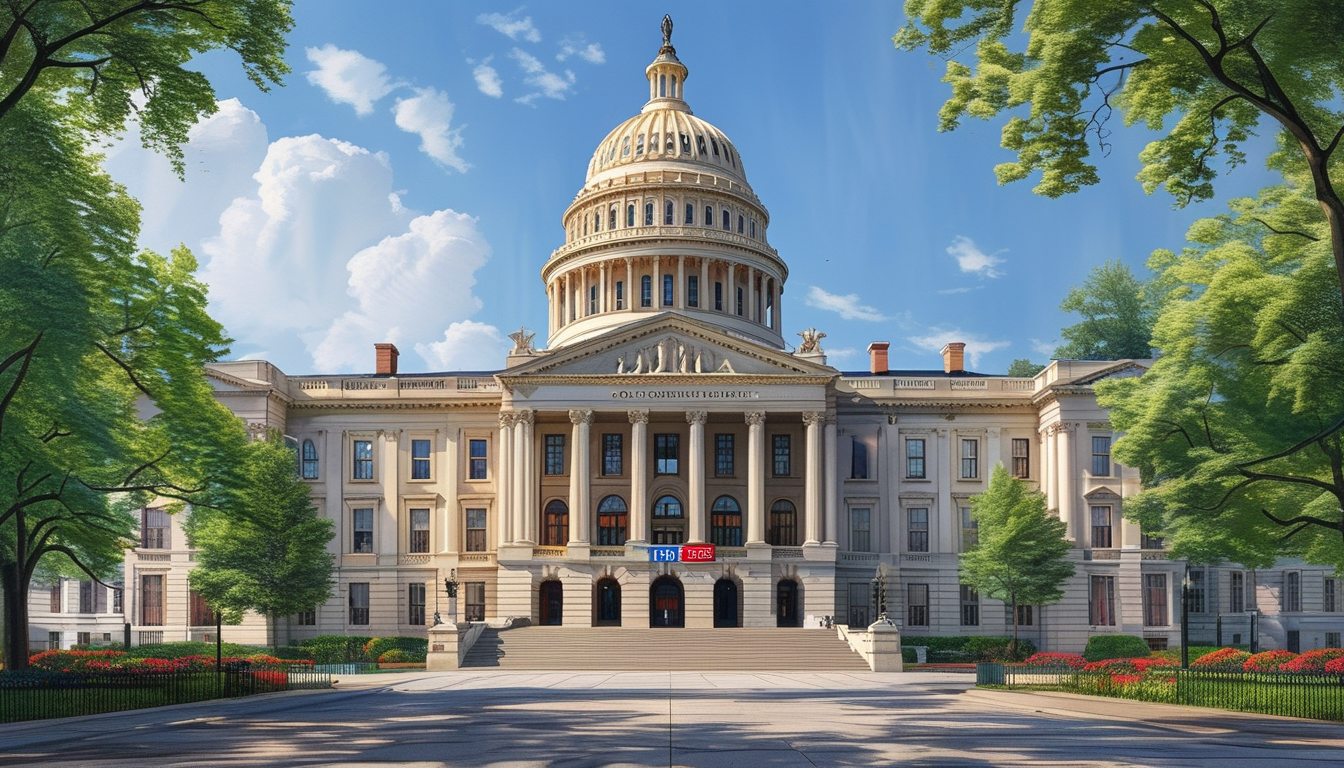
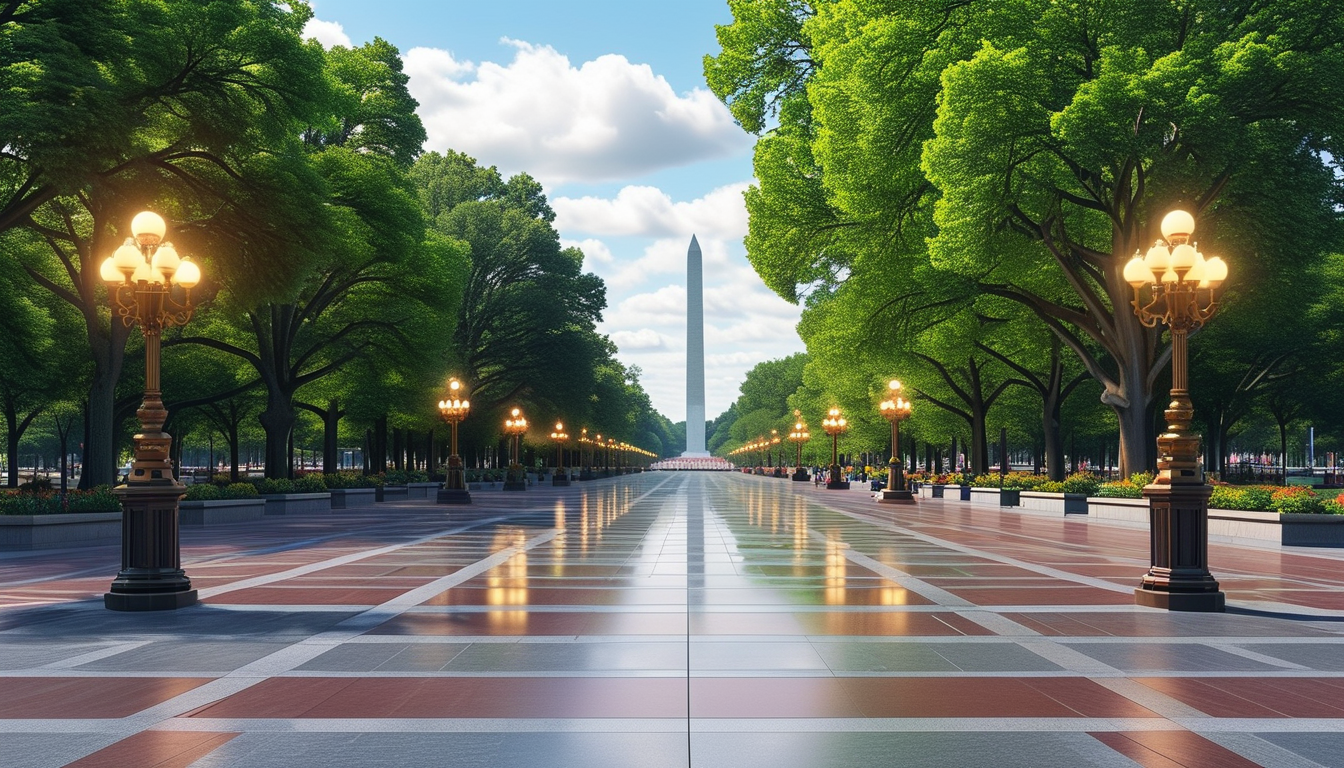



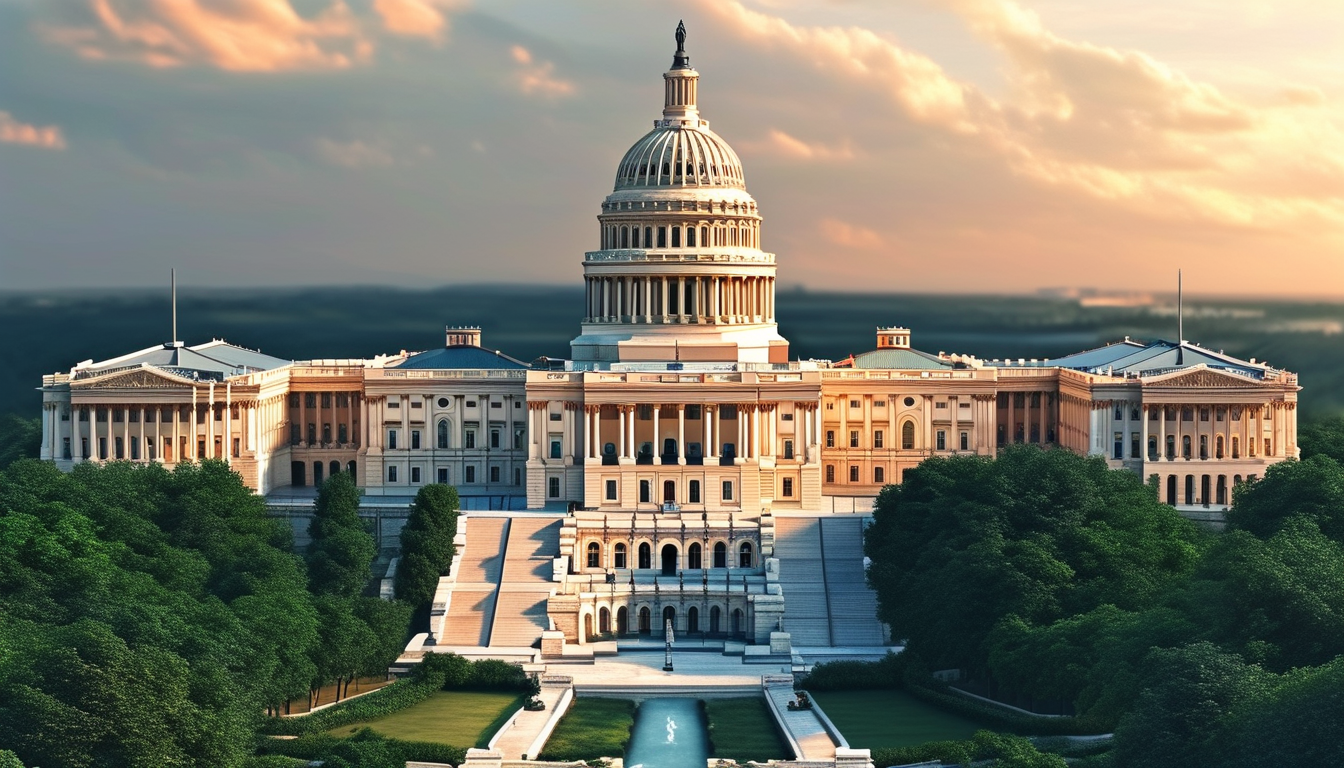

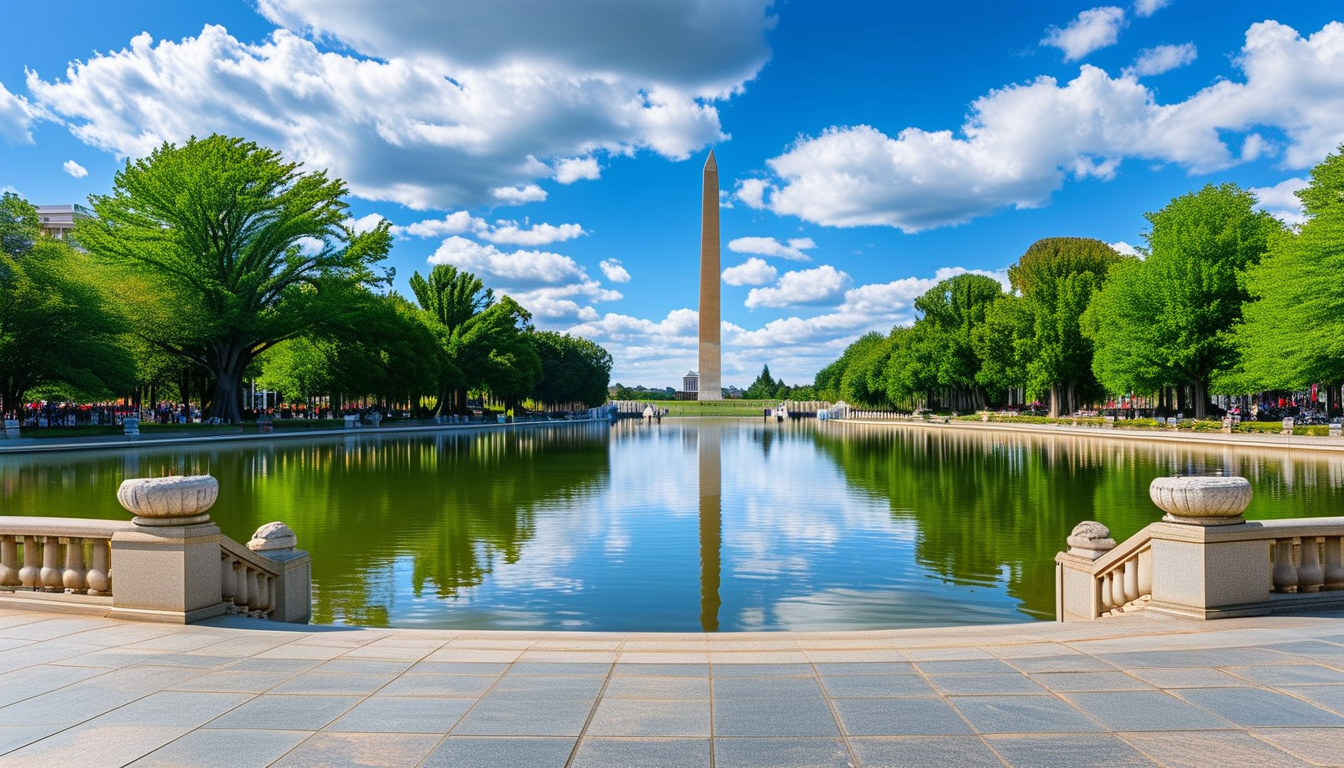
Leave a Reply